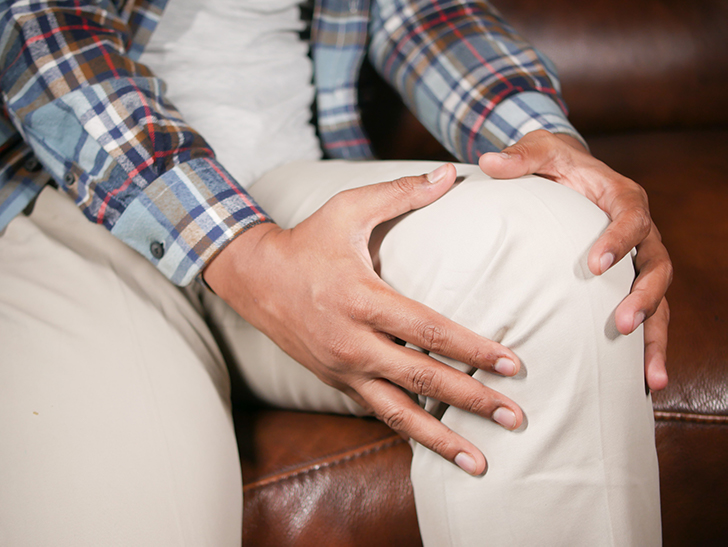Knee Replacements

Knee replacements – do you “kneed” help?
There are three reasons why you might be reading this:
- You have had a knee replacement, and would like to know more about rehab
- You will be having a knee replacement and want to know what to expect
- You are simply curious about knee replacements!
This article will provide you with an introduction to knee replacements, but we’ll focus more on what happens after your surgery and what you can expect from physiotherapy treatment.
If you have been told that you have knee arthritis and are interested in how we can help before surgery, check out our article on osteoarthritis!
What happens in a knee replacement surgery?
Any joint replacement surgery is called an arthroplasty. In an arthroplasty, the bony area forming part of the painful joint is surgically removed and replaced with a prosthesis. This prosthesis can be made of metal, plastic or ceramic.
A few bones make up the knee joint. This includes the femur (thigh bone), the tibia (shin bone), and the patella (knee cap). A knee arthroplasty procedure involves replacing the surface(s) of one or more of the above bones. There are three main kinds of knee replacement surgeries:
Total knee arthroplasty
In a total knee replacement, the surfaces of the femur and tibia are replaced. Sometimes, the inner surface of the knee cap that moves on the femur is also replaced.
Partial knee arthroplasty
In contrast to a total knee arthroplasty, only the surface of either the femur or tibia is replaced.
Patella arthroplasty
In this procedure, only the inner surface of the patella is replaced.
Prior to surgery, your surgeon will discuss which procedure and which type of prosthesis will work best for you.
What happens after surgery?
The knee joint is the largest joint in your body and is involved in many tasks we take for granted such as walking, climbing stairs, and more. Given its importance, it is strongly recommended to start physiotherapy as soon as possible after your surgery. Many patients will receive some physiotherapy before being discharged from hospital, but further physiotherapy is usually recommended so you can fully recover your strength and function.
When you see us, we will assess your knee to evaluate your walking ability, strength, range and overall function. From there, we tailor an exercise treatment program that takes into account your goals so we can get you back to doing the things you love. On average, patients recover sufficient strength for their daily activities after about twelve weeks of participating in an exercise program.
If you have OA and are considering a joint replacement, or have already had a joint replacement, give us a call on 1300 738 609 or book online to see one of our friendly physiotherapists. Let us help you find your Solution.
Get Started now, book an appointment today
Or Call 1300 738 609
Frequently Asked Questions



